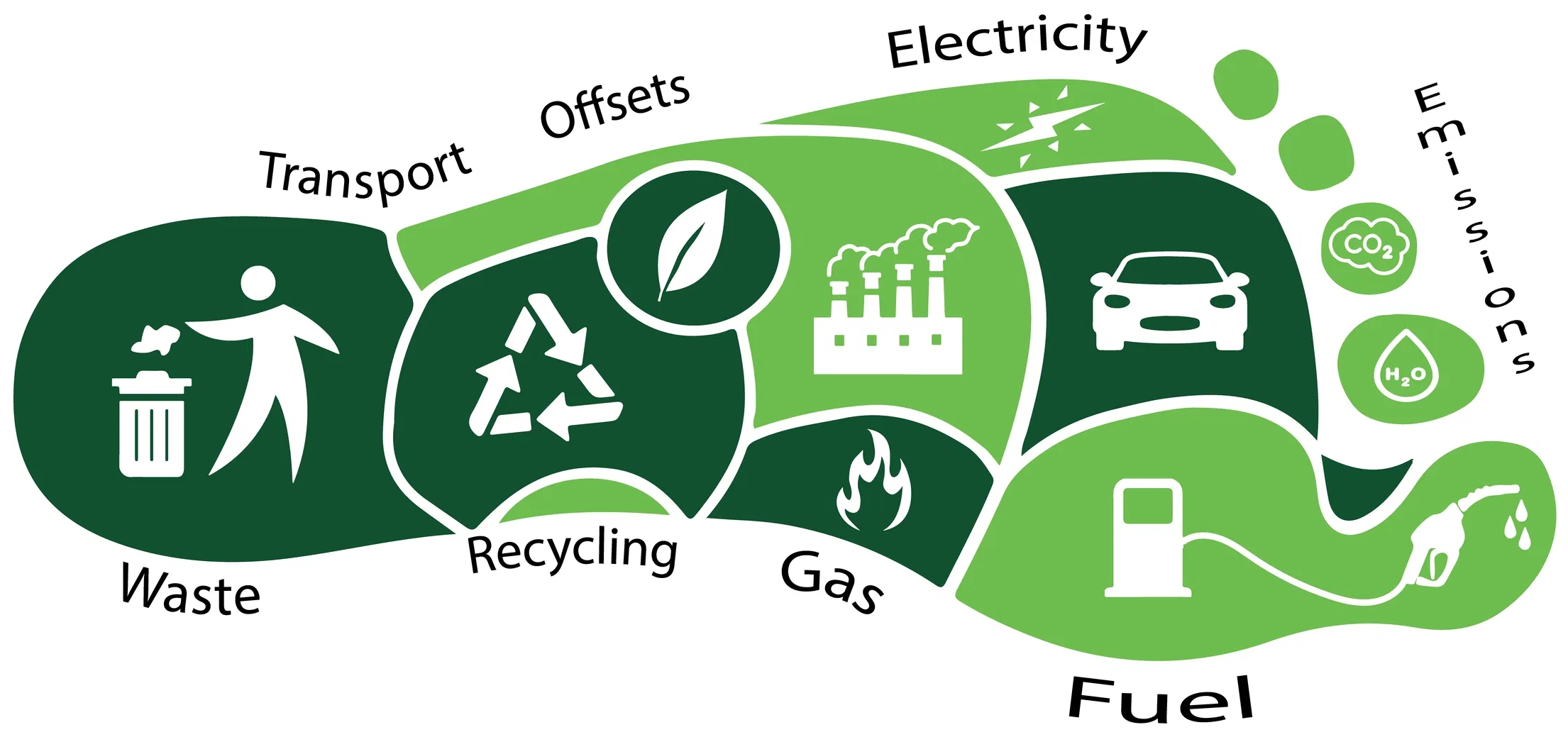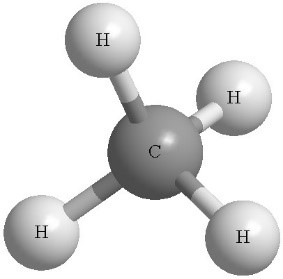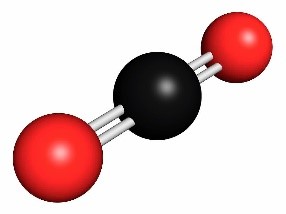ゲストがカーボンフットプリントを追跡できるようにする

あなたの庭を毎日訪れるゲストの多くは、気候変動に対処するために何かをしたいと考えています。このガイドは、個人や家庭が二酸化炭素排出量を計算し、ベースラインを作成するのに役立ちます。排出量のベースラインが決まれば、十分な情報に基づいた決定を下し、インパクトのある削減の機会を特定することができる。上の図は、カーボンフットプリントのさまざまなセクションを示しています。
この記事では、カーボンフットプリントとは何か、なぜ追跡することが有用なのか、そしてゲストが自分のカーボンフットプリントを追跡できるようにするにはどうすればいいのかについてお話しします!
カーボンフットプリントとは何か?
カーボンフットプリントとは、組織、個人、イベント、製品など、ある事業体が排出する温室効果ガスの量と定義される。通常、排出量は1年間で評価されるが、排出量は任意の期間で測定することができる。
誰が二酸化炭素排出量を把握すべきかリント?
みんな。 トラッキングは、温室効果ガスの排出削減を目指すすべての人に役立つツールです。その過程で、多くの人が思っている以上に温室効果ガスを排出している行動があることがわかるだろう!
カーボン・フットプリントは、生活のどのような分野に影響するのか?
ほとんどすべてだ! フットプリントを計算する場合、排出量には一次排出量と二次排出量の2つのカテゴリーがある。
一次計算 カーボンフットプリントでは、家庭で使用するエネルギーの種類や量、交通手段、旅行など、私たちが直接コントロールできる排出源を調べます。エネルギー源が異なれば影響も異なるため、家庭のエネルギー使用量の詳細は重要である。例えば、交通機関を利用するか、自家用車を利用するか、自転車を利用するかによって、排出量は異なります。情報は多ければ多いほどよい!
二次計算 は、私たちが使用する製品の製造、配送、最終的な分解を含む製品に関連する炭素排出量を計算する。これには、飲食物、衣料品、医薬品、紙製品、家具、さらにはレクリエーションやレジャーなどが含まれる。
計算を見るとき、答えが分からなくても構わない。自分のフットプリントを計算する意図は以下の通りである。 学ぶ どのように 温室効果ガスを排出する行動と、その排出を削減する方法。
どのガスを探せばいいですか?
カーボンフットプリントを計算する際、特定の温室効果ガスを考慮する必要はないが、温室効果ガスについて学ぶことは有益である。以下に挙げる4つの温室効果ガスは、最も一般的で、周辺環境に極めて有害であり、削減が必要なものである:
メタン

-
- メタンの排出は、廃棄物管理、エネルギー利用、バイオマス燃焼によって引き起こされる。
- 全メタン排出量のうち約50~65%が人間活動によるものである。
二酸化炭素(CO2)
-
- 二酸化炭素の排出源は化石燃料である、
 森林伐採、農業用地の開墾、土壌の劣化。
森林伐採、農業用地の開墾、土壌の劣化。 - 2018年には、全二酸化炭素排出量の約81.3%が人間活動に由来する。
- 二酸化炭素の排出源は化石燃料である、
亜酸化窒素 (N2O)
-
- 亜酸化窒素の発生源は、以下のような農業活動である。 肥料の使用と化石燃料の燃焼.

- 世界全体では、亜酸化窒素排出量の40%が人間活動に由来する。
- 亜酸化窒素の発生源は、以下のような農業活動である。 肥料の使用と化石燃料の燃焼.
フッ素系ガス
-
- これらのガスの発生源には、空気中の冷媒が含まれる。
 コンディショニングシステム
コンディショニングシステム
- これらのガスの発生源には、空気中の冷媒が含まれる。
- これらのガスは自然には発生しないため、人間の活動がフッ素系ガスの唯一の発生源である。
フットプリント計算機
個人や家庭が二酸化炭素排出量を計算するのに役立つ資料はたくさんあります。私たちがお勧めする計算機は以下の通りです:
自然保護団体のカーボンフットプリント計算機
ネイチャー・コンサーバンシー(自然保護団体)が提供するこの計算機は、エネルギー、交通、ライフスタイルの削減方法を推奨し、フットプリントを分析するための視覚的なツールを活用する。
グローバル・フットプリント・ネットワークのエコロジカル・フットプリント計算機
グローバル・フットプリント・ネットワークの計算機は、あなたの排出量と資源使用量を、地球が支えることができる量と比較します。
その他の選択肢をお探しの方は、以下の選択肢もお試しください:
次のステップ提言
二酸化炭素排出量分析が完了したら、効果的な削減のために何をすればよいかを知りたがるだろう。以下は、エネルギーから廃棄物管理まで、さまざまな削減の機会にどのように取り組むかについて、自分の園の例を挙げてフィップス社が示した例である。
二酸化炭素排出量削減の第一歩を踏み出しました!カーボンフットプリントの結果を受けて、排出量を削減するための意思決定を開始する準備が整いました。Climate Toolkitには、あなたのための提案もあります!フィップス・コンサーバトリー(Phipps Conservatory)では、以下のアイデアを運営に取り入れています。エネルギー、輸送、廃棄物の3つの分野に重点を置くとよいでしょう。各セクションには、大きな投資と小さな投資の両方のステップが含まれています。これらの推奨事項には、健康的でありながら二酸化炭素排出量を削減するCOVID-19の安全方法も含まれています。これらのヒントは単なる提案であることを忘れないでください!
最初の分野は、家庭で使用するエネルギーに焦点を当てたものである。すべての家庭で再生可能エネルギーに切り替えることは不可能かもしれないが、家庭でのエネルギー使用量を減らすために個人ができることはある。小さな投資としては、効率的な電球を使う、サーモスタットを夏は高めに、冬は低めに調整する、テレビやパソコンなどの大型家電のエネルギー使用量を管理する、衣類を陰干しする、などがある。これらの提案は 低コスト そして、コストとエネルギー使用量の削減に貢献する。 高コスト ソーラーパネルの設置、冷暖房システムのアップグレード、断熱材の追加などだ。
運輸部門もまた大規模な部門であり、米国の温室効果ガス排出量のほぼ29%を占めている。ここでのフットプリントを減らす方法のひとつは、フライトの回数を減らすことだ。仕事で出張が多い人には非現実的かもしれないが、フライトを減らせる人はフットプリントを減らせる可能性が高い。それができない場合は、自宅で排出量を相殺するようにする。例えば、公共交通機関を優先的に利用するか、自転車で移動する。 低コスト 二酸化炭素排出量を減らすには、相乗りと自転車がおすすめだ。 高コスト の提案には、電気自動車へのアップグレードも含まれる。一例として、フィップス・コンサーバトリーでは、従業員に相乗り、自転車、公共交通機関での通勤を奨励している。二酸化炭素排出量の削減は、持続可能な移動方法についてより深く考えることに重点を置いている。
家庭ごみには、プラスチック、食品、繊維製品、その他あらゆるものが含まれる。最初のコンセプトは、個人が消費する製品の量を減らすことである。もし誰かが製品を消費する必要があるなら、次の選択は何度も使えるものを購入することだろう。例えば、再利用可能な水筒や再利用可能なバッグを購入することである。フィップス・コンサーバトリーでは、カフェでの食品製造において、すべてのプラスチックの使用を廃止している。つ目のコンセプトは、以前購入した材料をすべて再利用することである。その一例として、洋服や電子機器、その他の素材を新品ではなく中古で購入することが挙げられる。最後のコンセプトは、プラスチック、食品、ガラスなどをリサイクルすることである。買ったものをすべて再利用できない場合は、コンポストやリサイクルも二酸化炭素排出量を削減する選択肢のひとつである。






最近のコメント